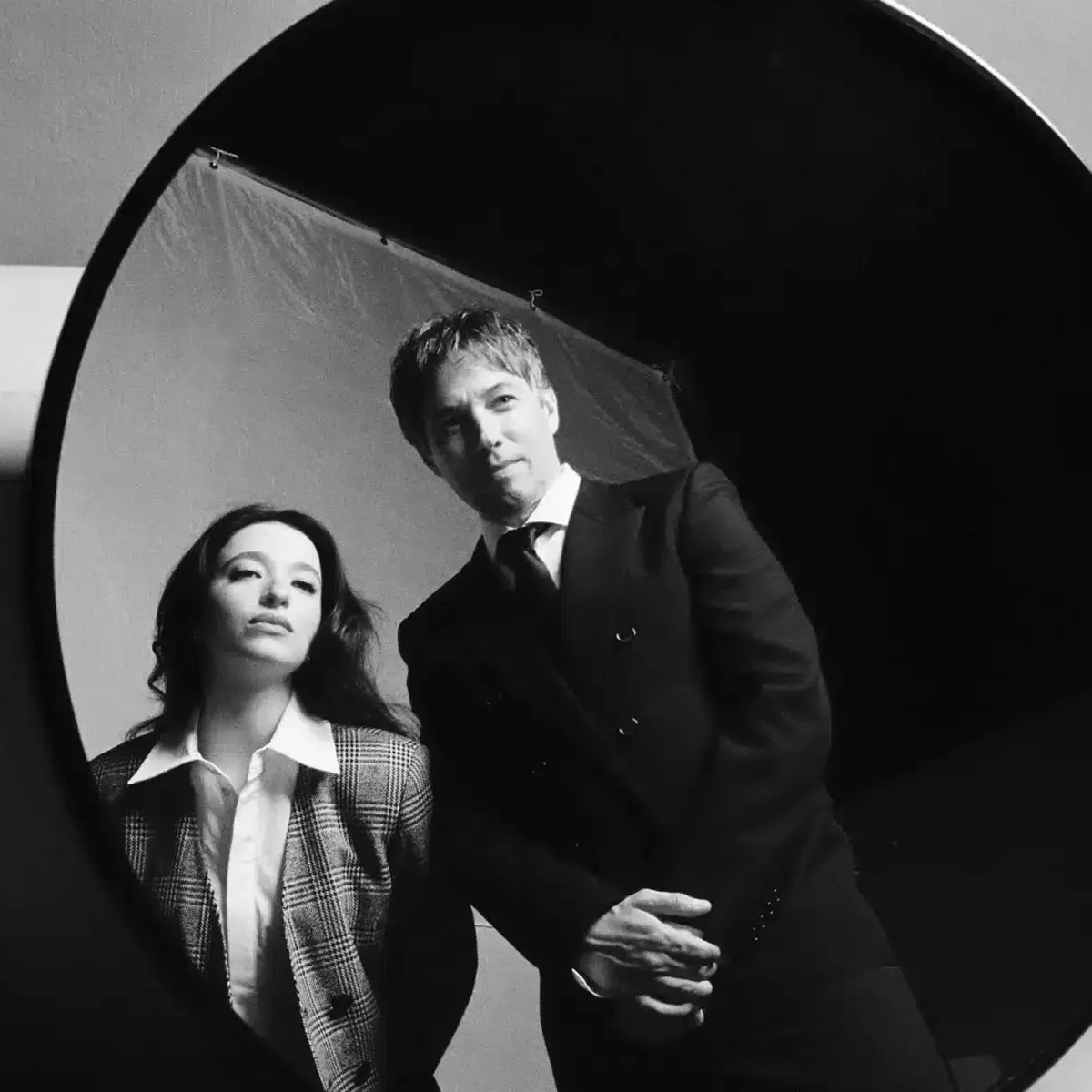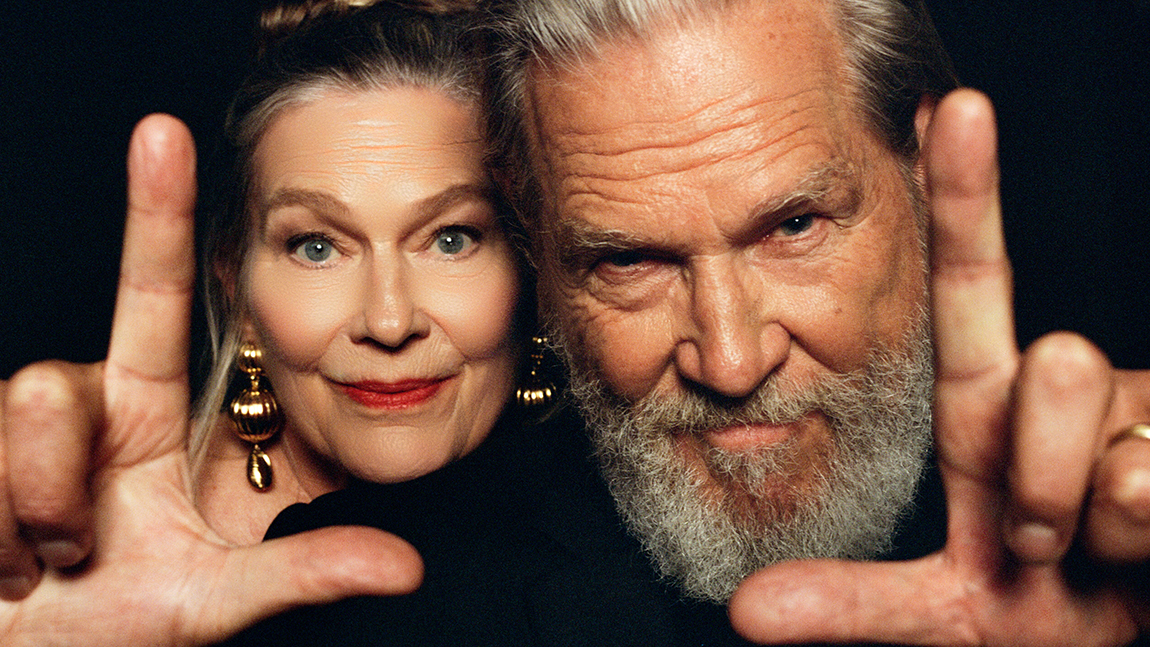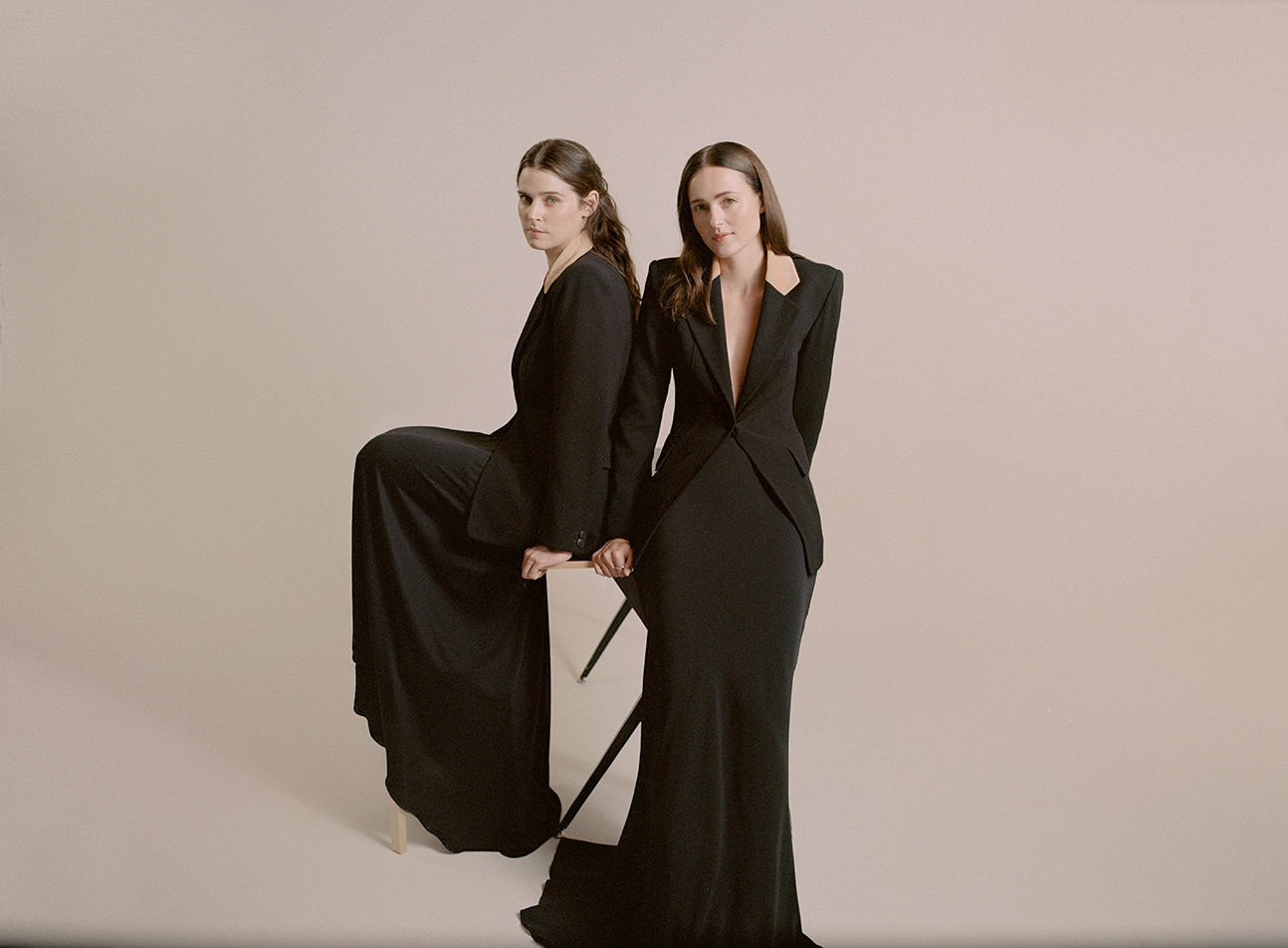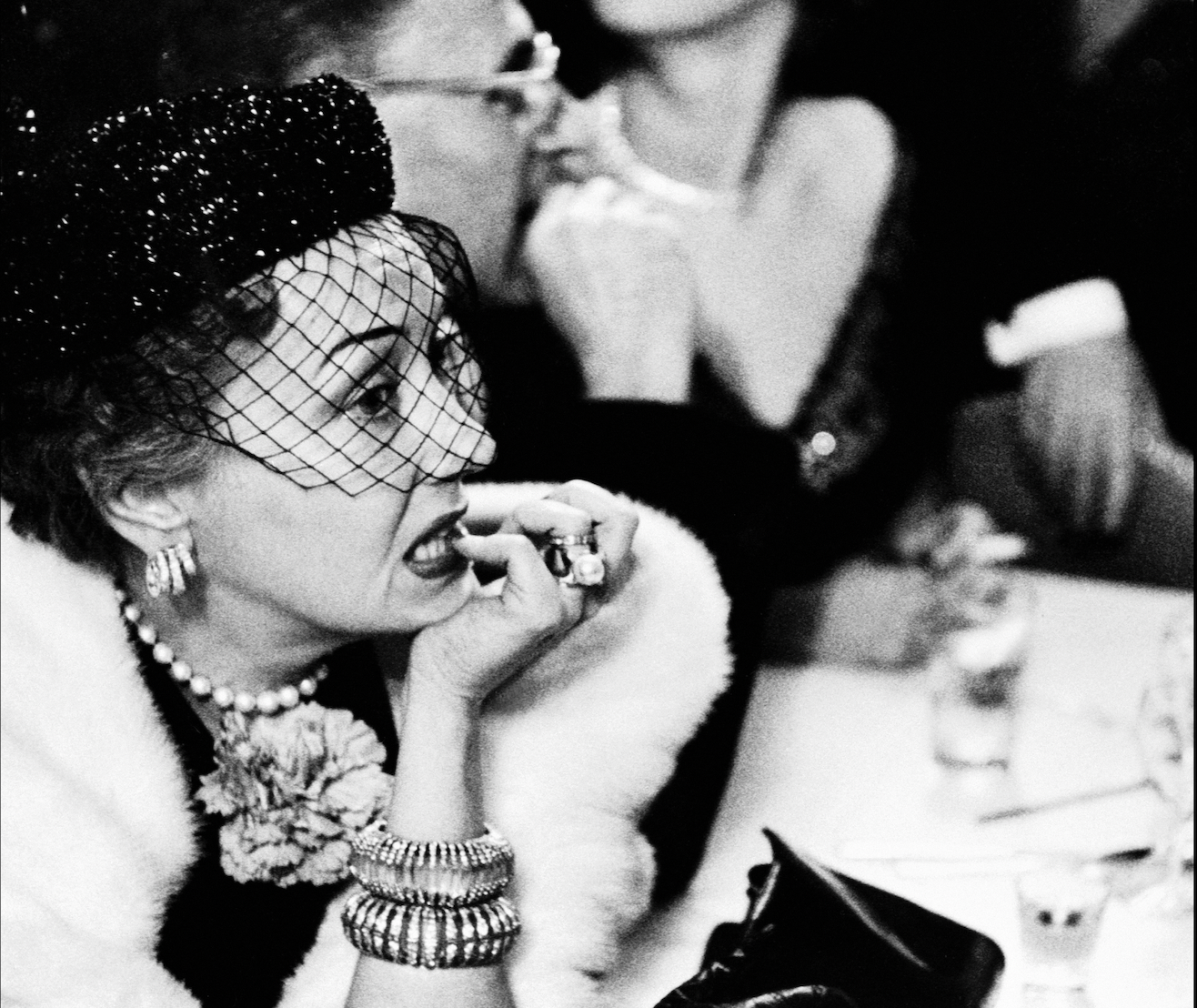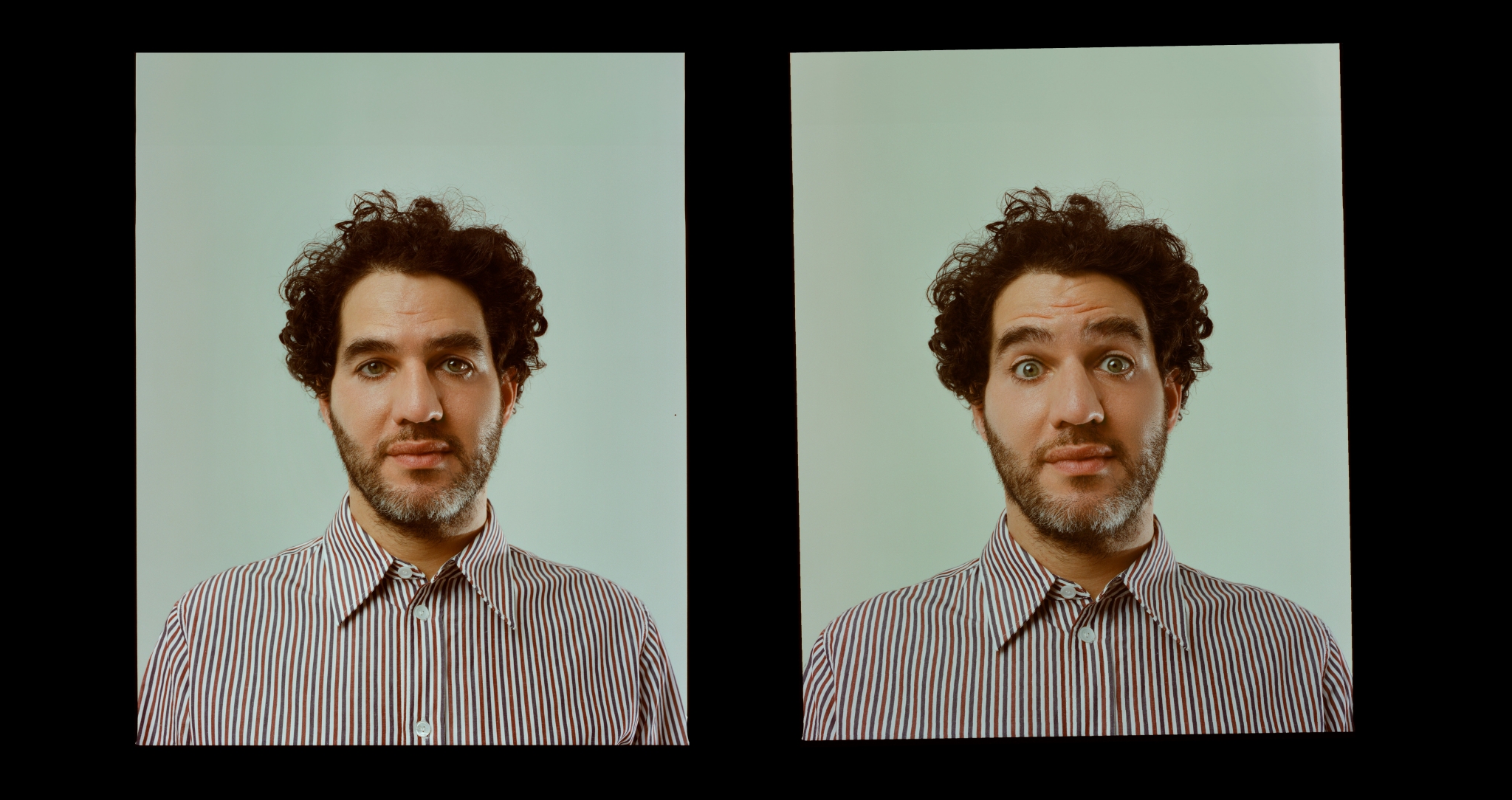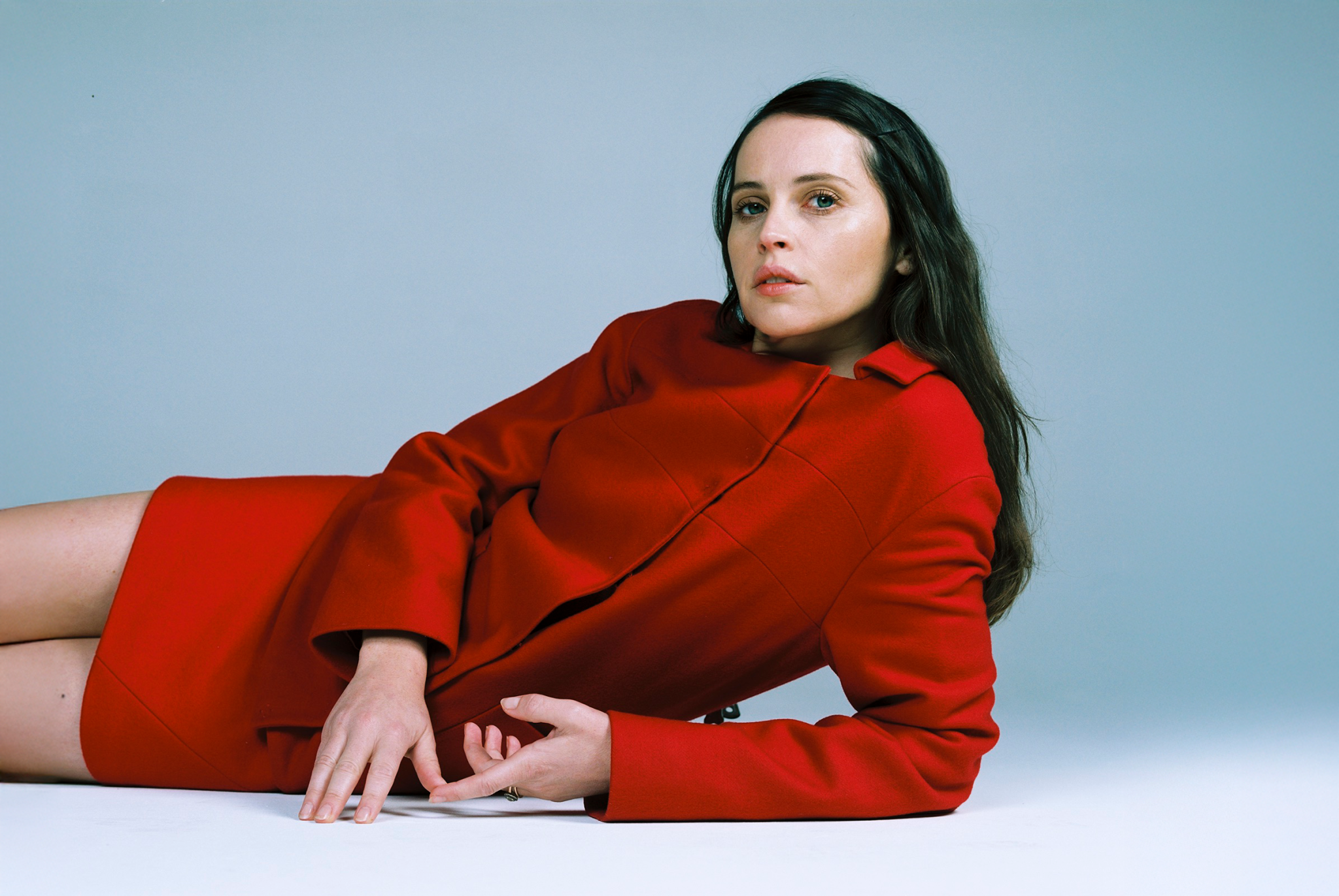

Following a career-defining performance in Brady Corbet’s The Brutalist (2024), the British actor talks to Kitty Grady about Dogme 95, channeling Isabelle Huppert and the power of creative partnerships.
Felicity Jones is in her car, ready to go. It is early on a Friday morning and, when the actor joins our Zoom call and I see her in the front seat of a stationary 4X4 on a street in London, I initially wonder if she is hiding from someone. “It’s an unusual place for an interview,” admits Jones. “But sometimes my car doubles as an office.” Coffee in hand, the actor is wearing a khaki parka and a grey jumper. I can’t decide whether her cascade of brown curls is natural or blow-dried. The car, Jones explains, is “a diary necessity.” A fitting for the Golden Globes is next on the day’s agenda. Jones, 41, received a Best Supporting Actress nomination for her role as Erzsébet Tóth in Brady Corbet’s The Brutalist, and is predicted to receive the same at the Oscars—her second Academy nomination since Best Actress in 2015 for the Stephen Hawking biopic The Theory of Everything (2014).
The qualifier ‘supporting’ has a particular resonance for Erzsébet. In Corbet’s three-hour, 55-minute epic about architect and Holocaust survivor László Tóth (Adrien Brody) and his mission to establish himself in America, Jones plays his wife, who, for the first half of the film (a 15-minute intermission is in-built) is still stuck in Europe. While not physically present, we hear Erzsébet in voiceover, her letters to László creating a chronic atmosphere of longing. “She is swirling around the film before we see her in person, which is akin to how she’s existing in László’s imagination,” says Jones. “It puts you in his head. So that when she does arrive, you feel the length of time they have been apart.”
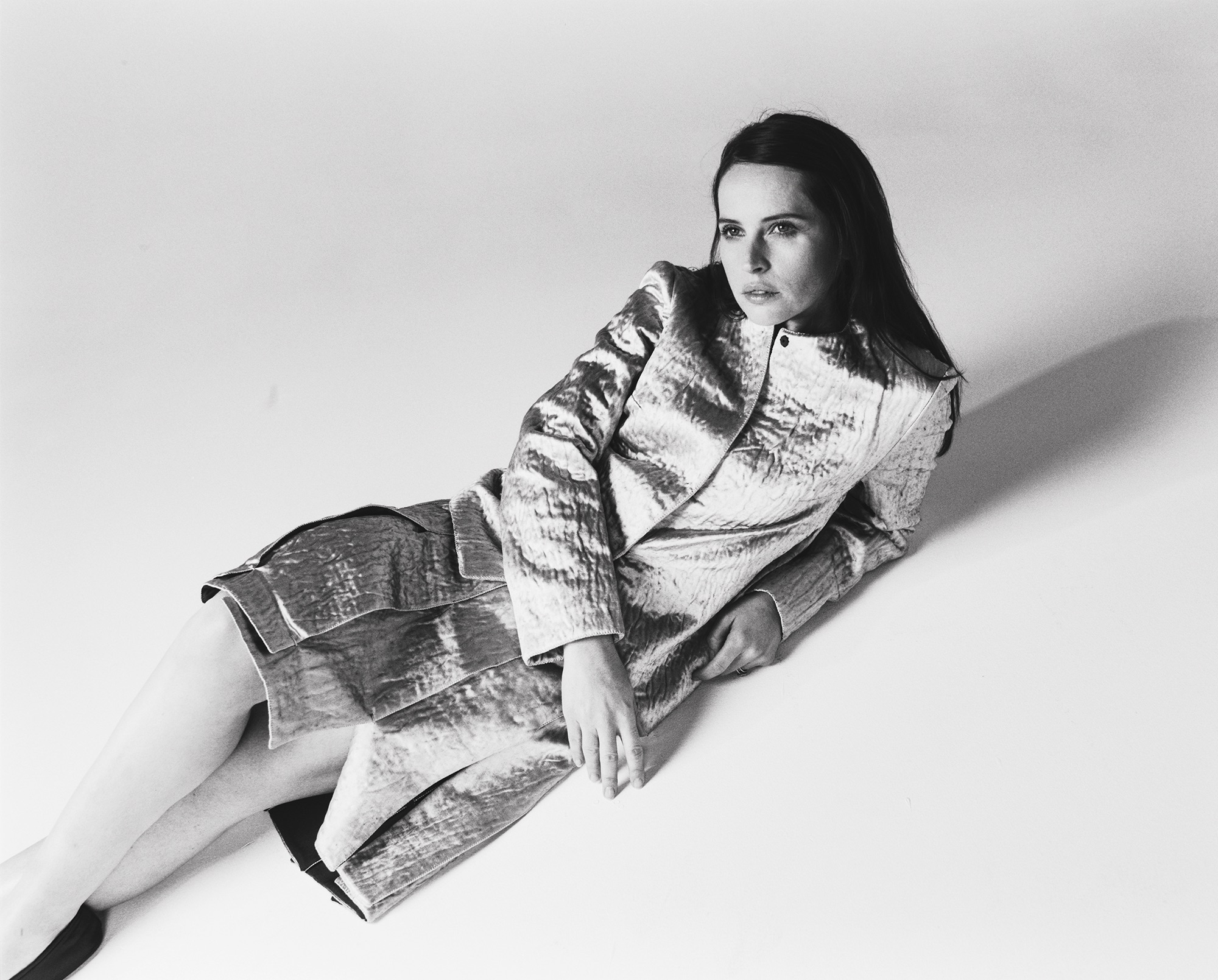
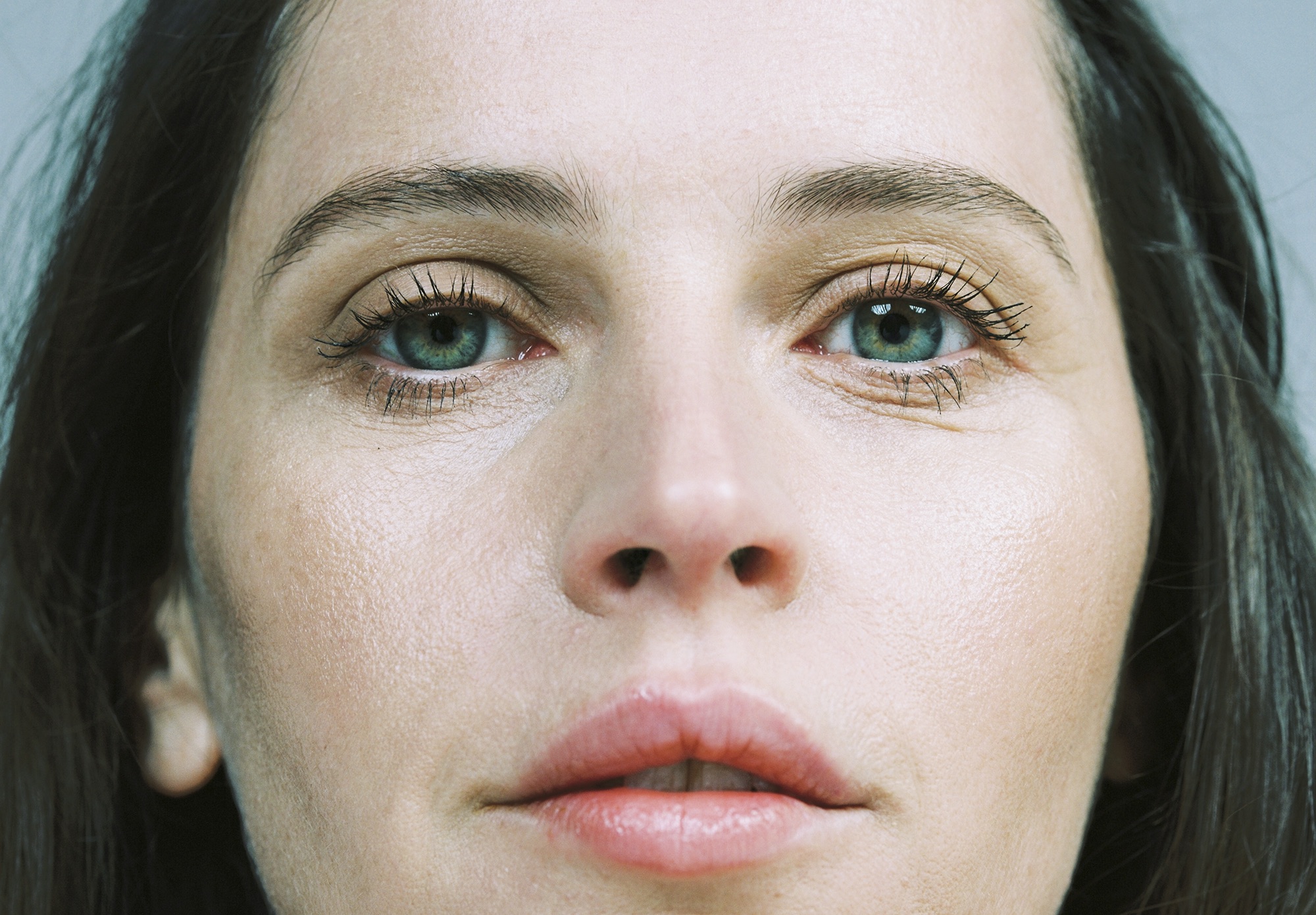
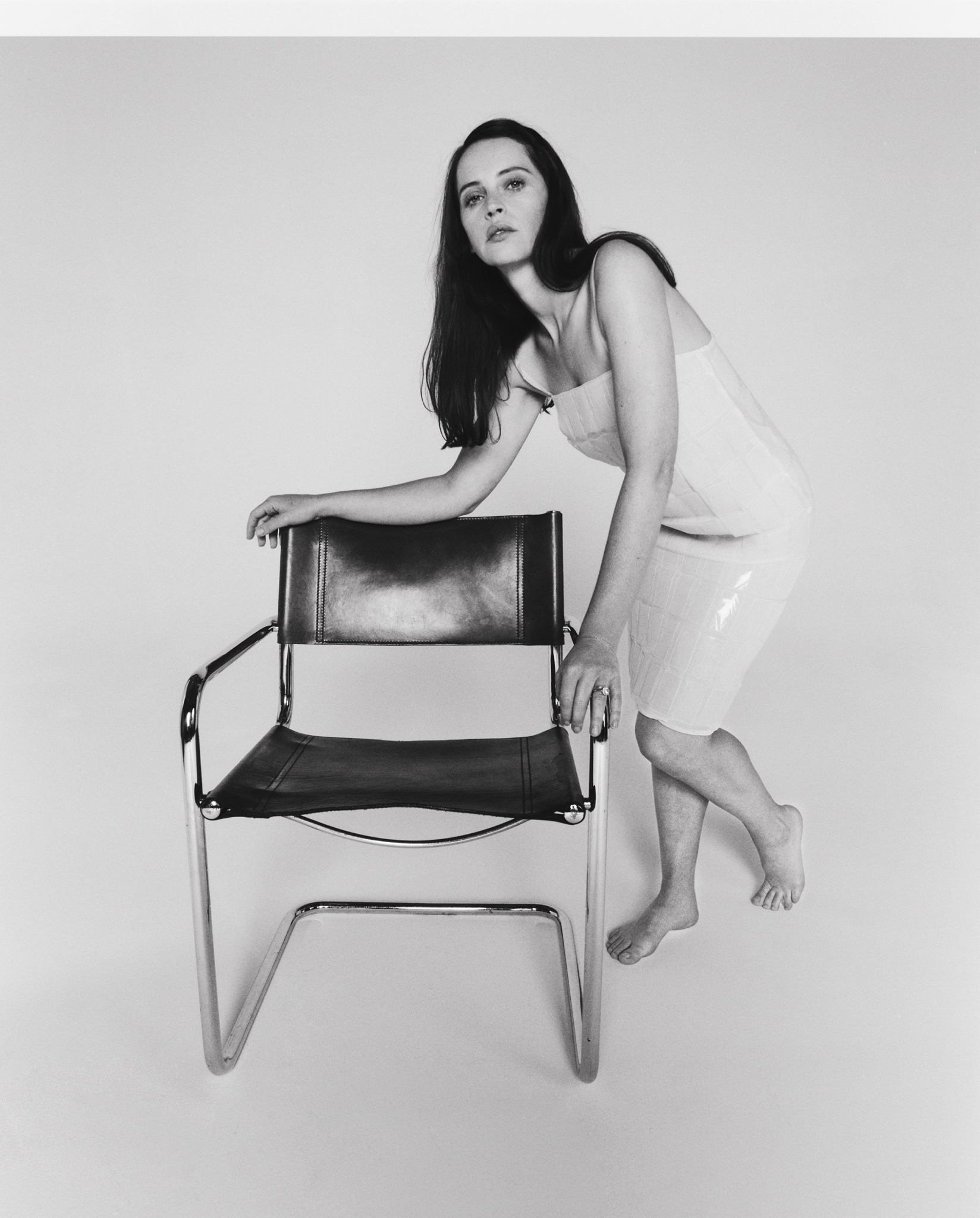
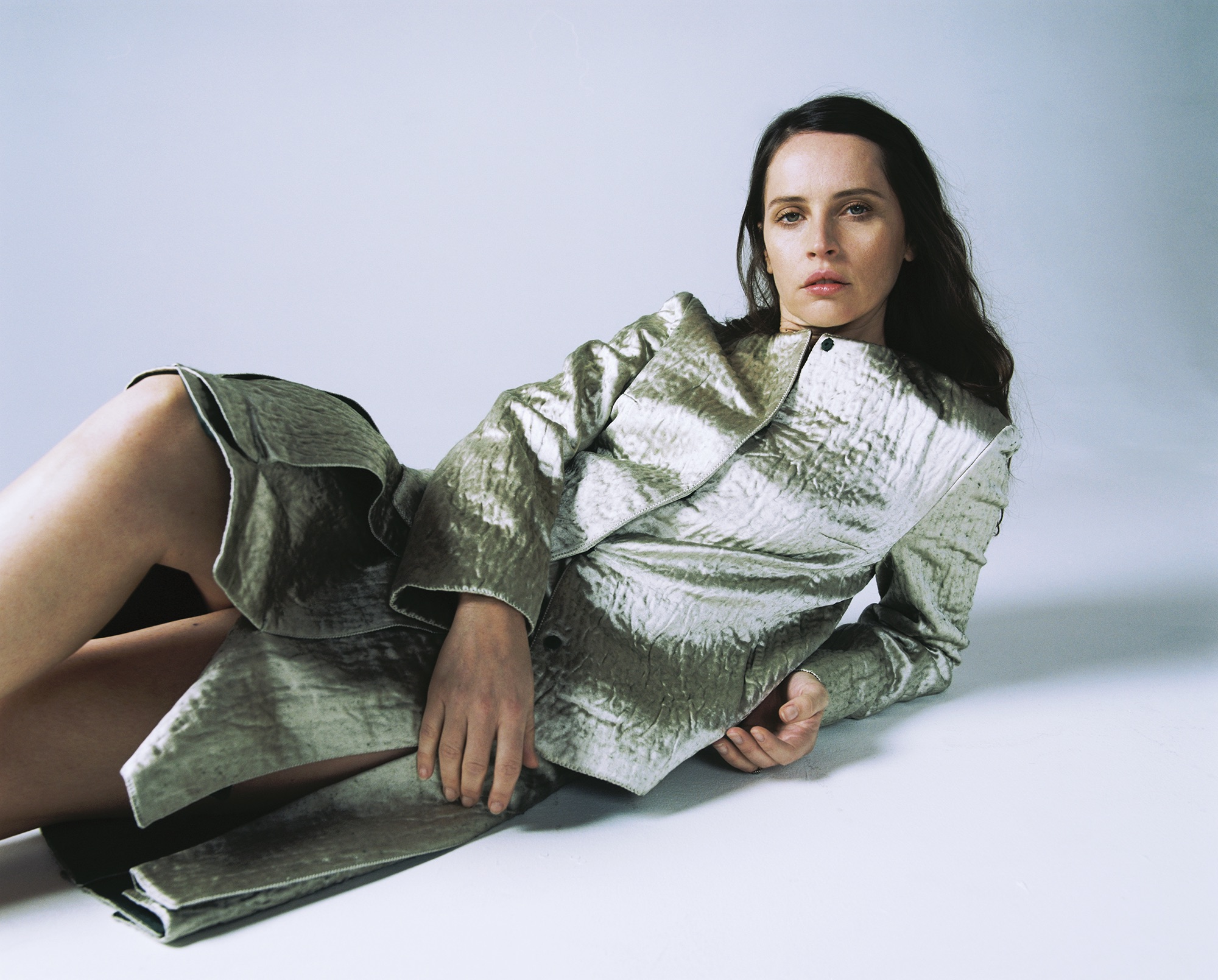
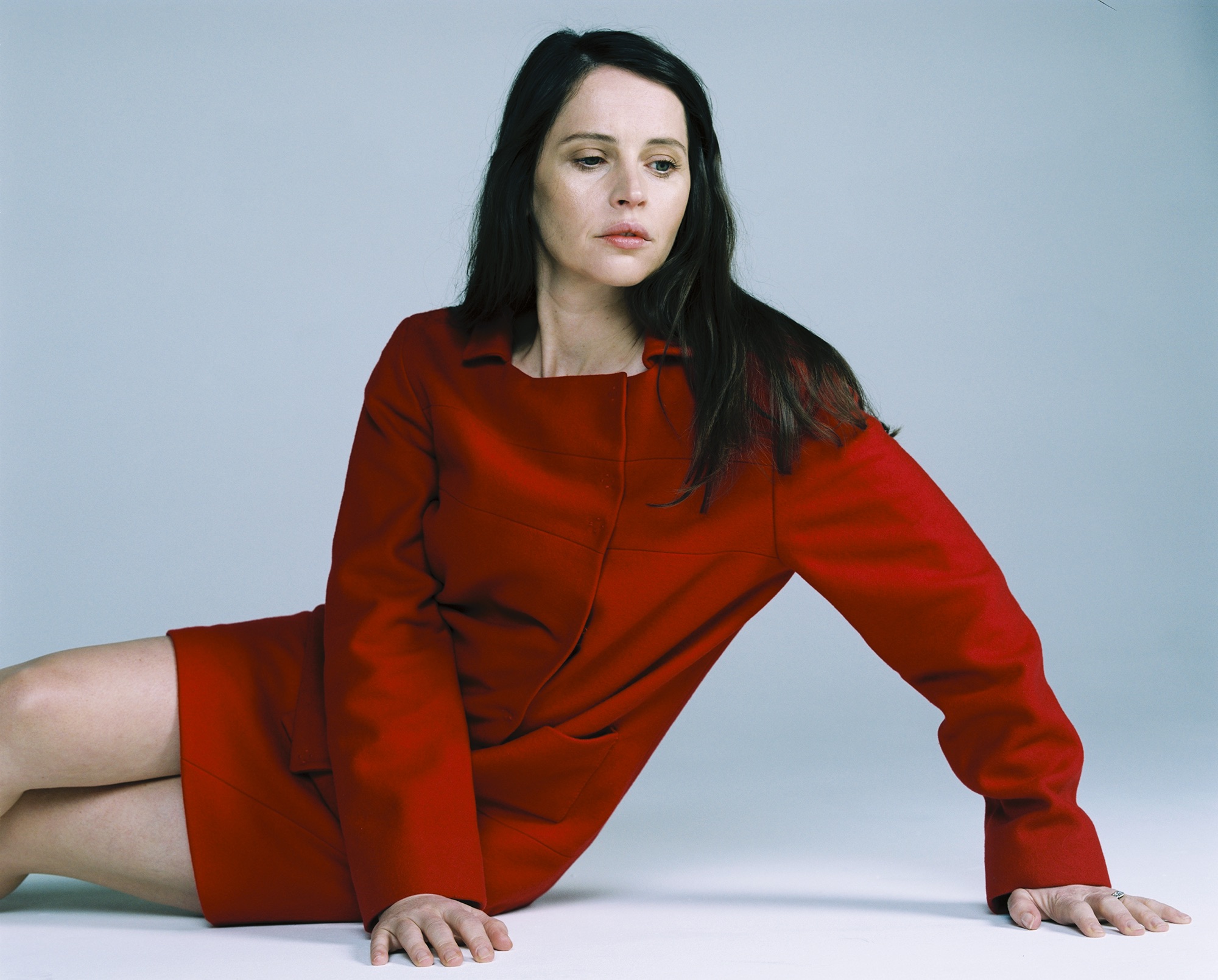
Erzsébet’s arrival embodies her in a very real way. She is accompanied by her orphaned, mute niece, Zsófia (Raffey Cassidy), who pushes her aunt down a train platform in a wheelchair—osteoporosis from incarceration in concentration camps has left Erzsébet unable to walk. László and Erzsébet’s reunion is now deafening with feelings of separation. “They’re having to under- stand each other again, reconnect physically, emotionally,” says Jones. When I ask her which scenes were the most challenging to shoot, she replies: “All of them” four times. Yet while the emotional scenes all ran “like clockwork” the scene that was most technically difficult to shoot was one where Erzsébet and Zsófia are walking to catch a bus and are picked up by Van Buren, the man who has commissioned her husband to create a community centre in his name. A small moment, it also reveals the Erzsébet’s bind, “negotiating their need for his patronage versus her sense that he is a problematic person.”
As an actor, Jones has been known to get a bit ‘method’. For Chalet Girl (2011), she learned how to snowboard. For the play Luise Miller, in 2011 she lived with a Catholic family and attended mass regularly. For Like Crazy (2011), she made an audition tape mirroring that of her character’s. In The Aeronauts (2019), she did her own stunts, enduring a near fatal balloon crash on her first day of shooting. For The Brutalist, Jones lost weight, learned Hungarian, and did extensive research on the Holocaust. “It was a given I had to understand what this character has been through,” says Jones, who found a “wonderful guide” in a rabbi called Steven Katz who taught her about conversion. Yet she describes Erzsébet’s hairstyle—short, we can assume for a reason that is left powerfully unspoken—as a key way into her character: “Putting on a wig helps with a certain amount of transformation.”
Erzsébet is Jones as we haven’t really seen her before, marking a pivot for the actor into arthouse, auteur-driven cinema. “Coming out of the pandemic, I felt as though you really need to make things that are distinctive. Entertainment is crowded. So I was keen to do something with strong authorship.” A Michael Haneke fan, Jones had seen Corbet in the American version of Funny Games (2007). “There was something in the role of Erzsébet that reminded me of Isabelle Huppert’s work,” says Jones, of the Haneke star. When I ask Jones more about her own identity as a film viewer she describes the New Wave cinema that she became enamoured with while at University of Oxford, her love of Sofia Coppola, Stanley Kubrick, and Wes Anderson, as well as a burgeoning interest in Robert Eggers. When I ask why this professional shift towards more artistically daring work is happening now, she cites Dogme 95, the avant-garde Danish film movement defined by its strict rules of production. “As my time gets more compressed with a young family, the more I feel driven and decisive in my work. Sometimes when the world is completely open, we get overwhelmed by indecision.”
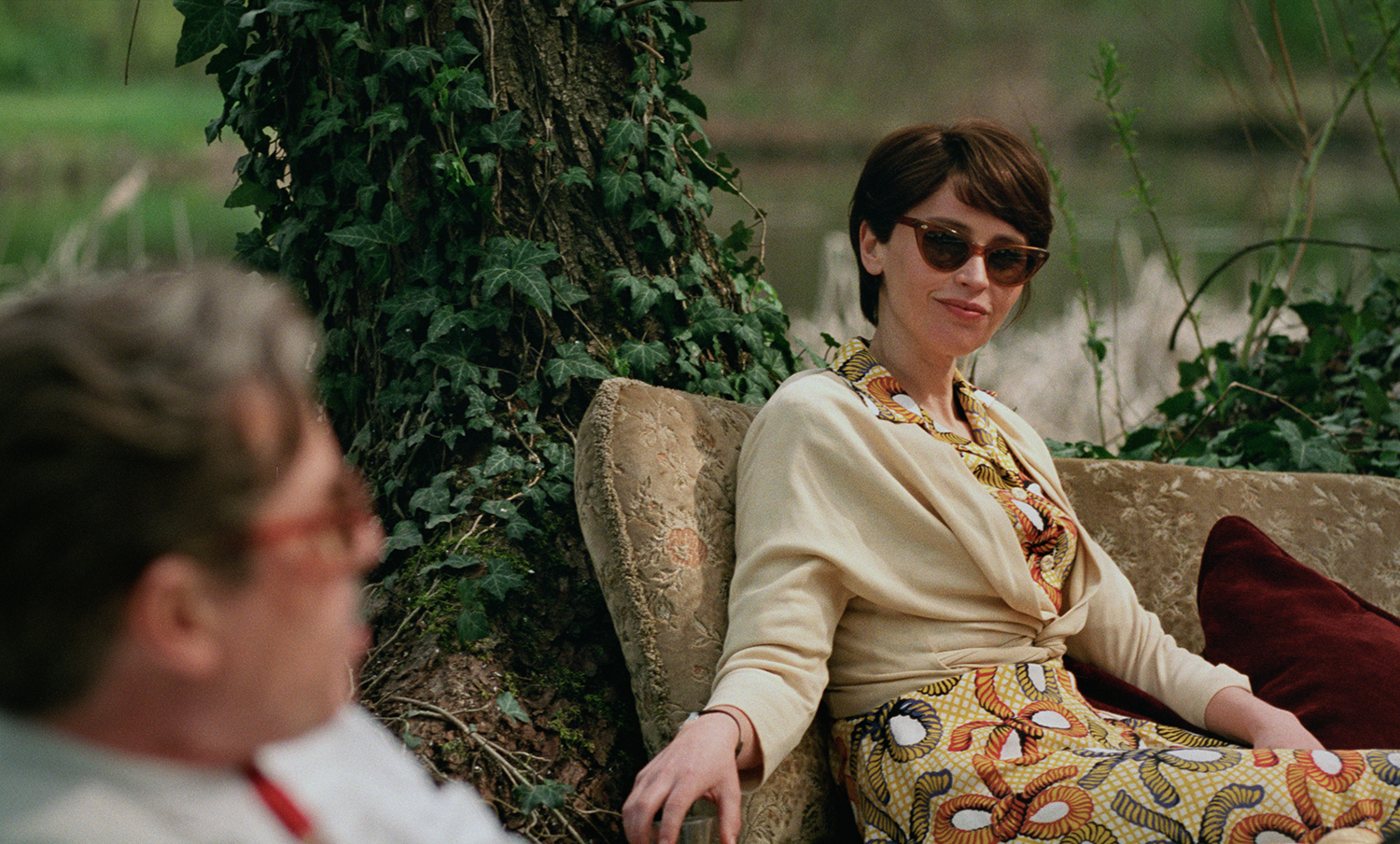
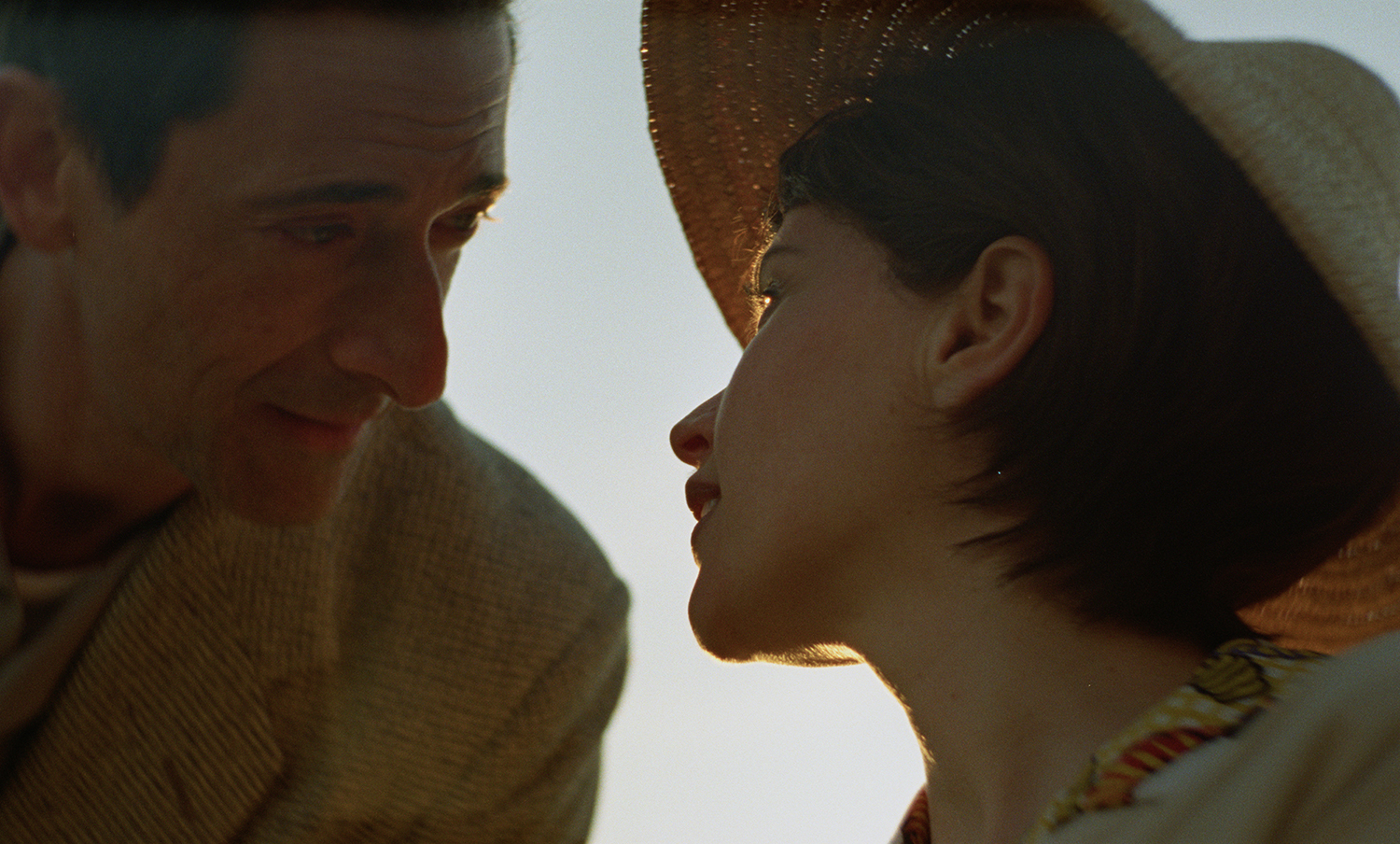
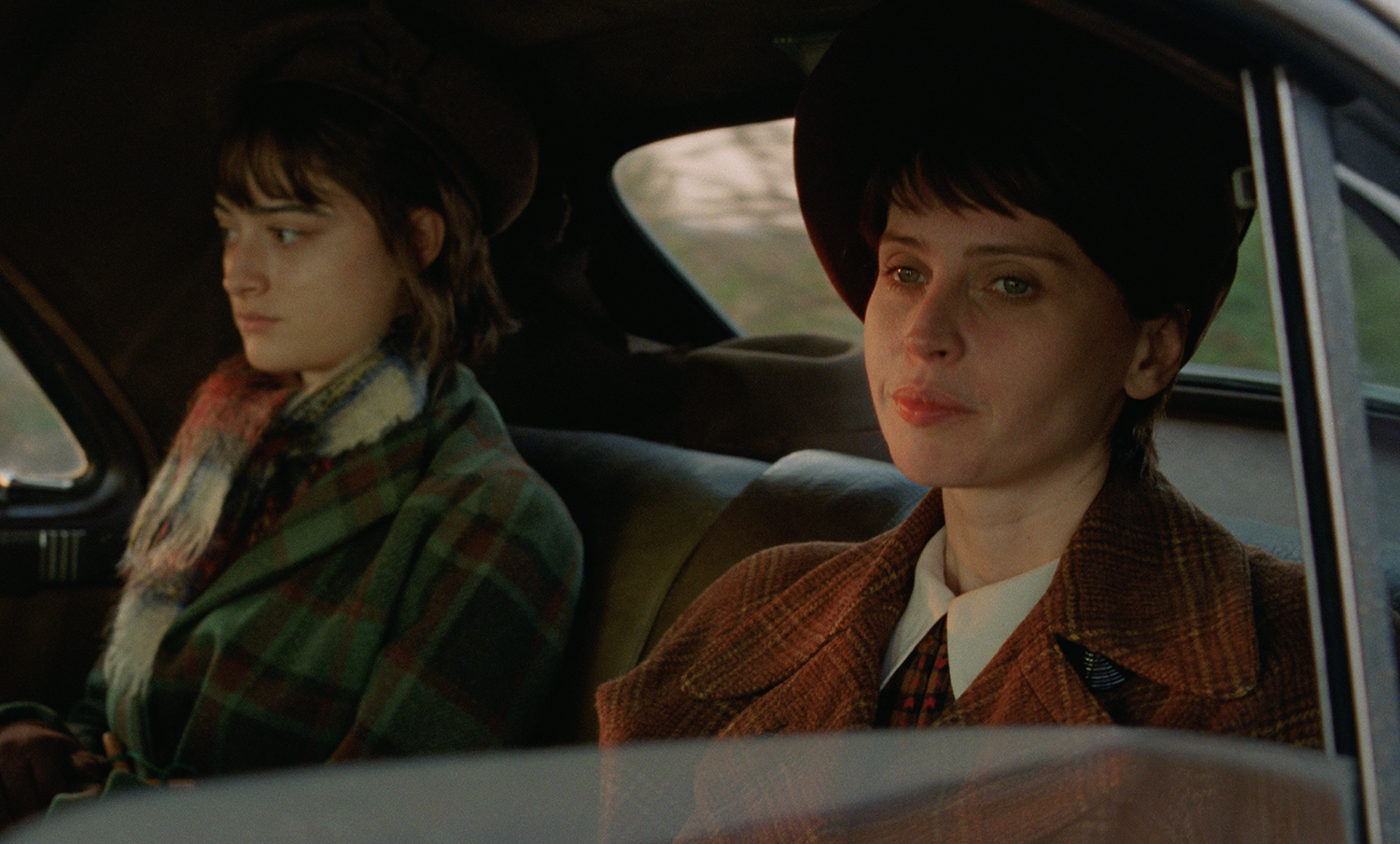
Drive is a characteristic Jones shares with Erzsébet. Despite the latter’s palpable weariness, she possesses a residual life force, particularly through her charm and intellect. “The physical frailty, but also the emotional and spiritual force of Erzsébet is consistent,” says Jones. “She is someone who has an incredible will to live.”
In preparing for the role, Jones started thinking about her own Italian grandmother who, at the turn of the 20th century, emigrated from Tuscany to England. “I’ve started to think about that journey. How do you build strong foundations in a country you’re not from? She must have had incredible drive,” says Jones. “It’s often the people with the most desire, or the most resourceful people who leave, because they’re seeking adventure, intellectual and emotional stimulation.” Erzsébet—and László’s—pursuit of the American Dream doesn’t come good. A respected foreign correspondent in Hungary, Erzsébet is reduced to writing copy for women’s magazines. When Zsófia, her “surrogate daughter” decides she is leaving for Israel, she decides to follow (Erzsébet’s condition suggests she will never have children of her own). “They just want out. They feel defeated by the system. Can you survive in a structure that doesn’t want to see you triumph?” says Jones of their decision to leave. In one of The Brutalist’s most climactic scenes, Erzsébet, just strong enough to walk again, turns up at the Van Buren house to confront the family’s patriarch on a transgression towards her husband that will go undescribed here. “Her moment of truthfulness, you see how much it floors him, but his son comes and drags her to the floor. Triumph is twinned with indignity,” says Jones.
“The physical frailty, but also the emotional and spiritual force of Erzsébet is consistent… She is someone who has an incredible will to live.”
Felicity Jones
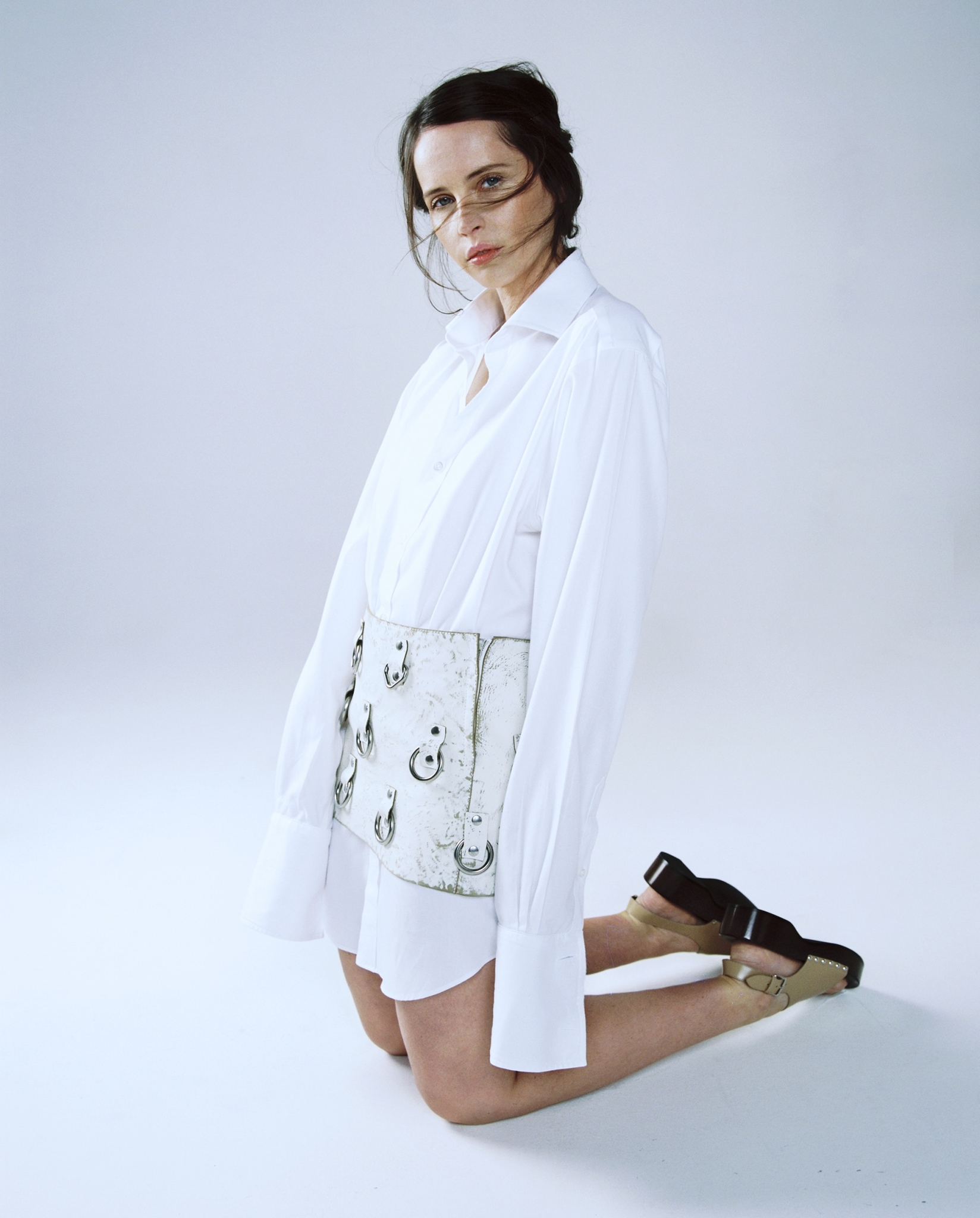
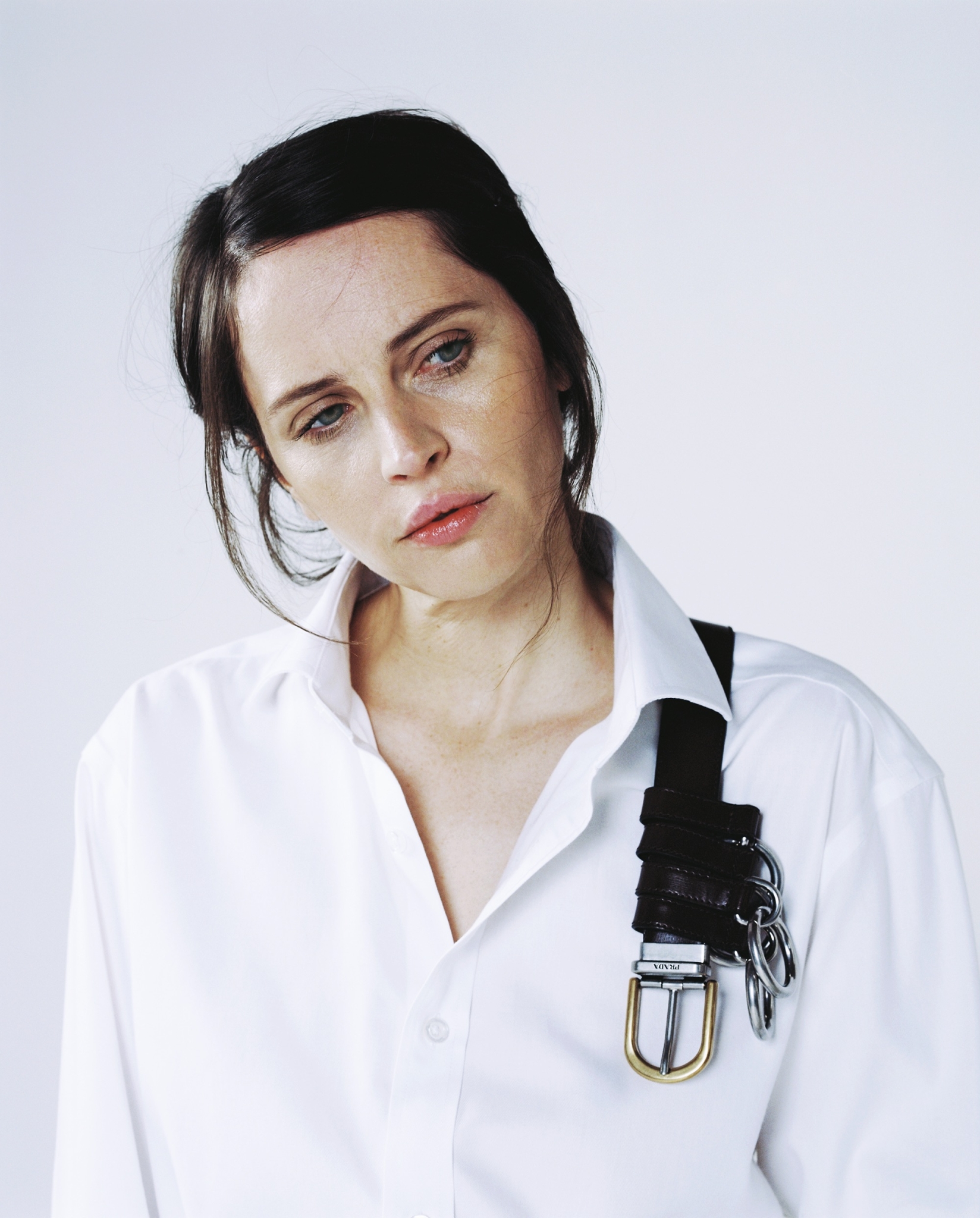
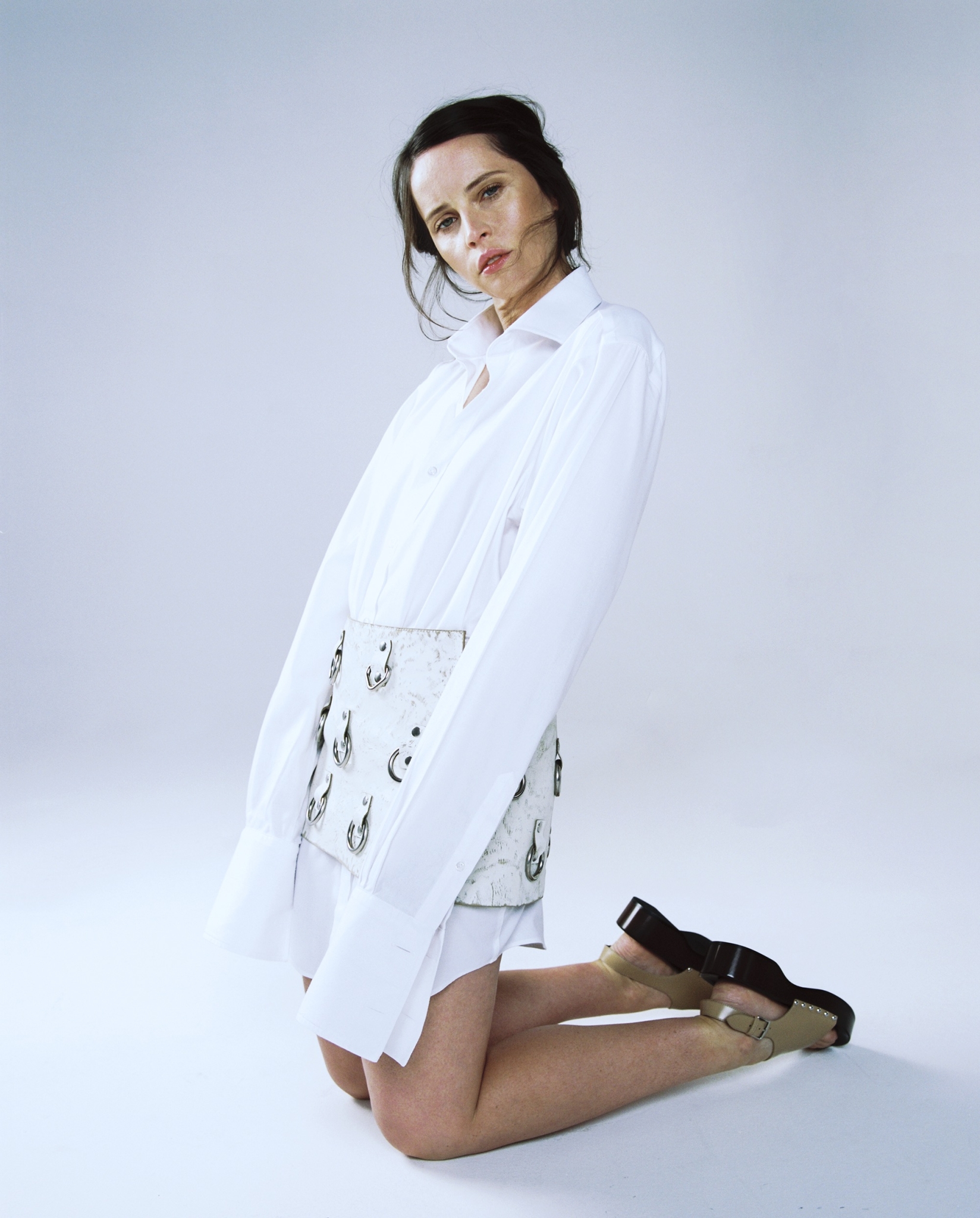
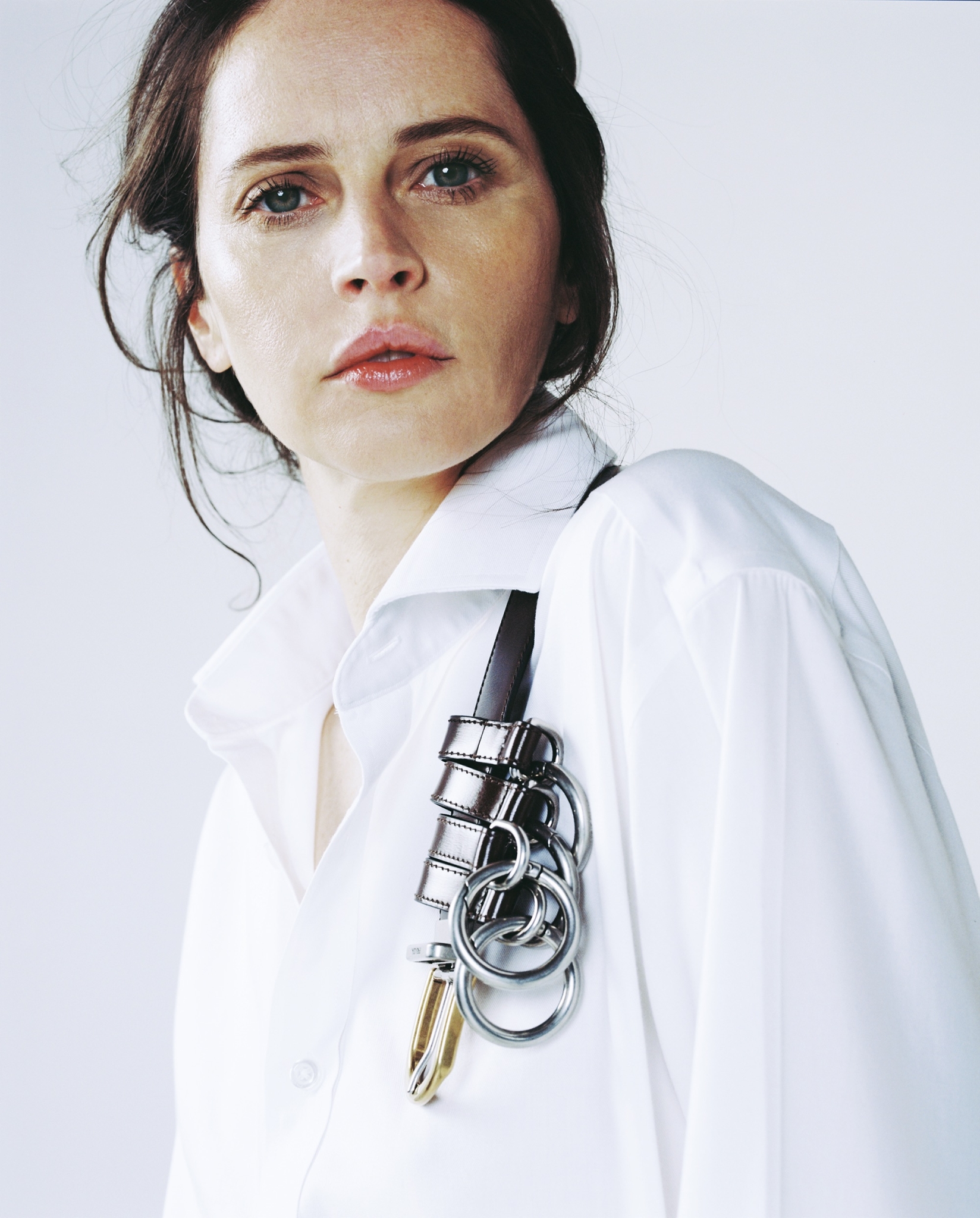
The Brutalist debunks stereotypes of the solitary male artist, offering instead ideas around creative partnership, interdependency, and care. On screen we see the emotional shelter Erzsébet provides László, their pain and passion mingled in an erotic scene in which the architect administers his pain-addled wife with heroin. Corbet co-wrote the screenplay with his wife Mona Fastvold and I ask if Jones sees her own marriage (with the film director Charles Guard) as a creative partnership. “We both share a deep, deep love of film. Our household is full of discussions of cinema and actors and directing.” Jones also runs a production company with her brother. “It’s such a nourishing way to work,” says the actor, recalling how, as children, they would write comedy sketches together and show their parents. “It’s hard to escape what you grew up with.”
Two years passed between Jones first receiving the script for The Brutalist and shooting. The actor has noted how, during that time, basically nothing of the script changed, even as financial and production challenges made it seem unlikely it would be made at all. “It took sheer force of determination because people don’t want to take risks. And then it’s made, and the market starts responding to it,” says Jones, referencing the early hype around the film. As comparison, I reference the popularity of Brat, Charli XCX’s non-commercial album which hit the mainstream last summer (Jones is set to star in 100 Nights of Hero, an adaptation of a graphic novel, with the singer). “I think… in cases like this it’s good to trust artists,” Jones suggests. “What is a world without originality? I mean, how dull.” Before we have a chance to say goodbye, my 40-minute Zoom conversation runs out unexpectedly. But I’m not too concerned. I know Felicity Jones has somewhere to be.
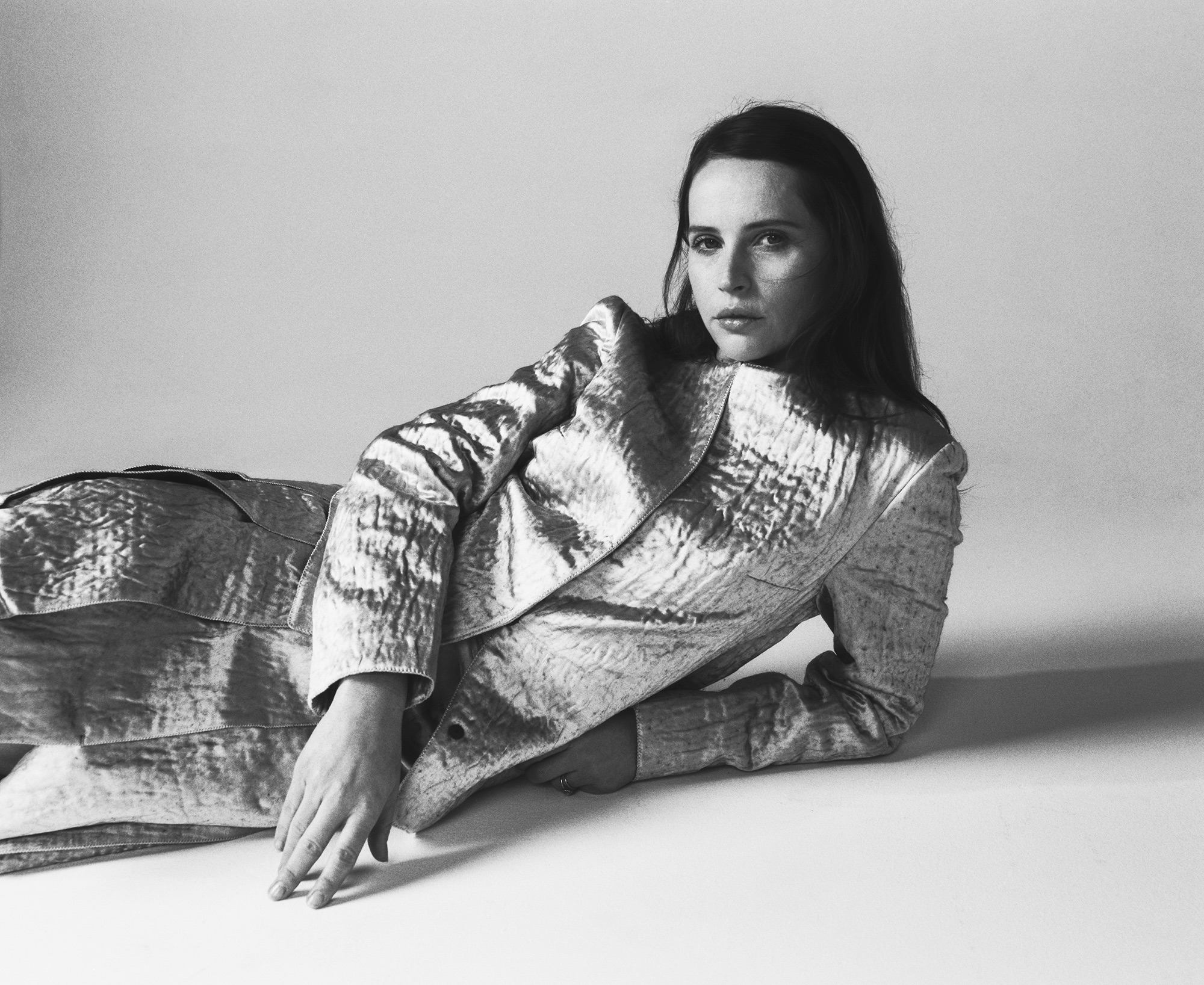
Felicity Jones photographed by Emma Picq. Prada FW 1998 Silver Silk Panelled Jacket and Skirt on loan from Baraboux, stylist’s own black pumps.
Foot Note
Jones grew up in Bournville, a model village in the Midlands created by the Quaker Cadbury family. Nearby Birmingham—where Jones was born— however, has grittier links to brutalism. As a teenager, Jones frequented the city’s theatre, the Birmingham Rep. “I didn’t realise at the time, but it’s a piece of brutalist architecture,” says Jones. “Birmingham has numerous pieces of brutalist architecture, particularly the old Central Library, which I spent far too much time in. It was knocked down in 2016… I was sad to see her go.”
Credits
Creative direction by Fatima Khan
Interview by Kitty Grady
Photography by Emma Picq
Videography by Luke Georgiades & Adriana Aoun
Styling by Anna Pierce
Make-up by Pamela Cochrane
Hair by Naomi Regan
Look One: Miu Miu FW 1998 Red Wool Jacket and Skirt on loan from Baraboux, stylist’s own ballet pumps.
Look Two: Prada FW 1998 Silver Silk Panelled Jacket and Skirt on loan from Baraboux, stylist’s own black pumps.
Look Three: Prada FW 1998 by Miuccia Prada White Silk and Plastic Tile Camisole Top and Skirt on loan from Baraboux, Marcel Breuer-style chair from Granger Hertzog.
Look Four: Stylist’s own shirt, Prada SS 2025 Belt, Prada SS 2025 Skirt, Bottega Veneta SS 2025 Shoes.

